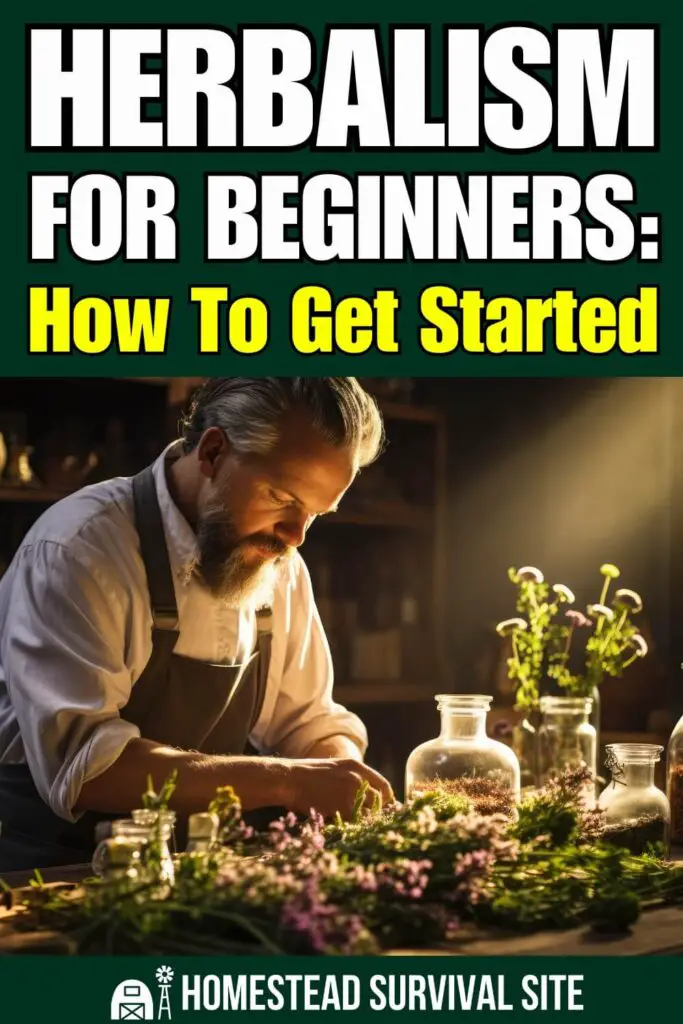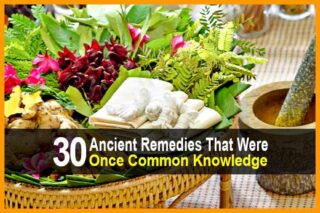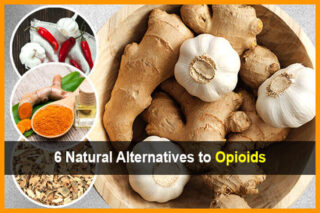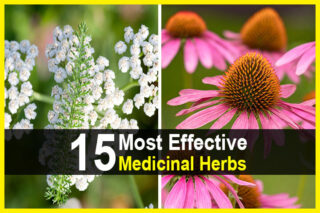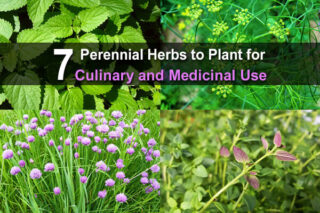Estimated reading time: 16 minutes
Herbs have long been the backbone of traditional medicine systems, helping people worldwide address common ailments and maintain wellness.
But here's something that might surprise you – according to the World Health Organization, about 80% of the global population still relies on plant-based medicine to support their health.
Whether you're curious about healthier alternatives, looking to deepen your connection to nature, or just want to add something useful and green to your home, herbalism is a brilliant place to start.
Want to save this post for later? Click Here to Pin It On Pinterest!
What is Herbalism?
At its core, herbalism is the study and use of plants to promote health and treat minor ailments. Think of it as nature’s pharmacy, using the leaves, flowers, roots, and seeds of plants to create remedies that benefit your body, mind, and soul.
Where modern medicine often works to combat specific illnesses, herbalism takes a broader, more holistic approach, focusing on supporting your body’s natural healing systems and overall well-being.
Herbalism is nothing new. It’s been practiced for centuries and is deeply ingrained in traditional systems of medicine. For example:
- Ayurveda (a traditional practice from India): Known for its use of herbs like turmeric, ashwagandha, and neem to address everything from digestion to mental clarity.
- Traditional Chinese Medicine (TCM): Incorporates herbs like ginseng and licorice root to balance energy or “qi” in the body.
- Western Herbalism: Common herbs like chamomile, lavender, and peppermint have centuries-old roots in European traditions and are still widely popular today.
No matter the system, herbalism bridges the gap between ancient wisdom and modern science by offering natural ways to care for your health.
The Importance of Herbalism in Modern Times
With so much technology and a whole host of pharmaceuticals you can turn to, why exactly is there a resurging interest among health enthusiasts in age-old plant remedies? Because herbalism complements modern medicine without replacing it.
Instead of focusing only on treating symptoms, herbalism helps support long-term wellness while reducing reliance on synthetic drugs.
Modern consumers are much more conscious of what they’re putting in and on their bodies. When you look at a plant-based remedy, you can identify the ingredients – no mysterious additives, no unnecessary fillers. Plus, using herbal remedies supports agricultural sustainability and reduces your environmental footprint.
Some of the most common herbs, like chamomile (for stress relief), ginger (for soothing an upset stomach), and holy basil (for supporting energy levels), provide simple solutions to your everyday struggles in ways that feel accessible, safe, and approachable. Many herbs can even bring about emotional or mental clarity without significant side effects.
Getting Started With Herbalism
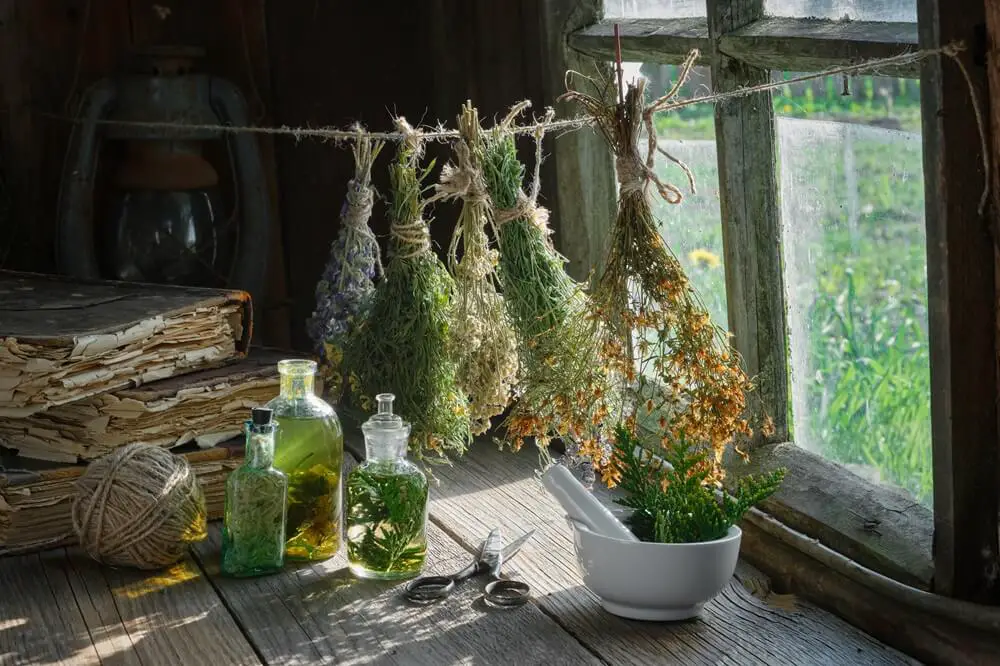
Starting with herbalism doesn’t have to be overwhelming. You don’t need to memorize hundreds of plants or become an expert overnight! Instead, work your way up with these simple steps:
1. Begin with Easy-to-Use Herbs
Start small by incorporating beginner-friendly herbs that are versatile and widely available. We’ll give you a more comprehensive list below, but some excellent options to consider as you’re first getting started include:
- Peppermint for digestion and headaches
- Chamomile for relaxation and better sleep
- Ginger for nausea and circulatory health
- Lavender for calmness and skin irritation
These herbs are easy to both find and use, making them perfect for beginners who are just learning the ropes.
2. Invest Time in Research
Not all advice is created equal, especially in the world of herbalism. Stick to trusted sources like published books, accredited online courses, and reputable herbalists. Avoid falling into the trap of social media myths where misinformation often spreads quickly.
3. Try Herbal Teas First
Herbal teas are one of the easiest and safest ways to explore the world of herbal remedies and get your feet wet. There’s no intimidating process – just steep herbs in hot water and enjoy!
Many herbs, including mint, chamomile, and hibiscus, are widely available as tea bags or loose-leaf blends. You can start experimenting to get an idea of the ones you like before making your own remedies.
4. Craft a Home Herb Garden
Why not grow your own healing supply? Starting a small herb garden is not only rewarding but also practical. You don’t need a massive backyard to do this – a small windowsill or balcony works perfectly.
Grow beginner herbs like basil, thyme, and parsley since they’re easy to care for and double as cooking ingredients!
5. Connect With Professionals
Although herbalism is a natural practice, it’s important to remember that some herbs may interact with medications or cause allergies. Working with a trained herbalist or taking a formal course is well worth the investment to make sure you’re using herbs safely and effectively.
6. Take It Slow and Be Patient
Like any new habit, learning herbalism takes time. Rather than rushing to try dozens of remedies at once, start with a few herbs and slowly build your knowledge.
Track your experiences in a journal, noting how certain plants work for you. Over time, you’ll build a practical skill set and a deeper appreciation for the plants around you.
Tools and Supplies You’ll Need

Before you jump into your first project, gathering your tools and supplies ahead of time will make the entire process go smoother. Here’s a list of the basics:
- Cooking Pot & Double Boiler: A small to medium-sized pot paired with a double boiler is perfect for making herbal preparations like infusions or infused oils. A 2-cup version works well for crafting small-batch herbal remedies.
- Heatproof Glass Measuring Cups & Metal Spoons: Precision matters when you’re measuring out your herbs and oils. Heatproof glass cups will ensure safety, while a complete set of metal measuring spoons will give you accurate measurements.
- Cheesecloth for Straining: Cheesecloth is an invaluable tool for separating plant matter from liquid when you’re making tinctures, syrups, or infused oils.
- Mixing Bowls and a Hand Mixer: If you plan to whip up more elaborate products, like body butters or creams, these will come in handy.
- Funnels & Spatulas: Stainless steel funnels make bottling products easy, and rubber spatulas ensure you don’t waste a single drop of your formulations.
- Containers: You’ll need glass jars, tins, or upcycled containers to store your finished products. Avoid plastic, as contaminants can leach into your finished herbal remedies.
Top 15 Herbs to Add to Your Apothecary
Once your tools are ready, it’s time to stock up on some herbs. These 15 beginner-friendly herbs are versatile, effective, and easy to use in a variety of preparations.
1. Chamomile
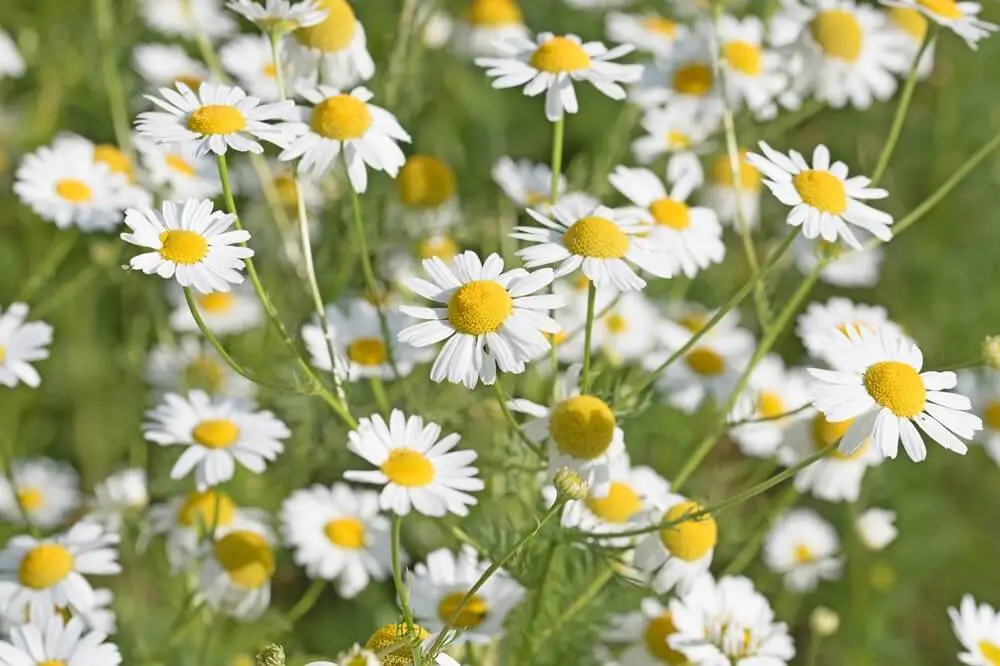
Known for its calming properties, chamomile is a go-to for soothing anxiety, promoting better sleep, and even easing digestive discomfort. It’s perfect for teas, infused oils, or even a gentle skin toner.
2. Calendula
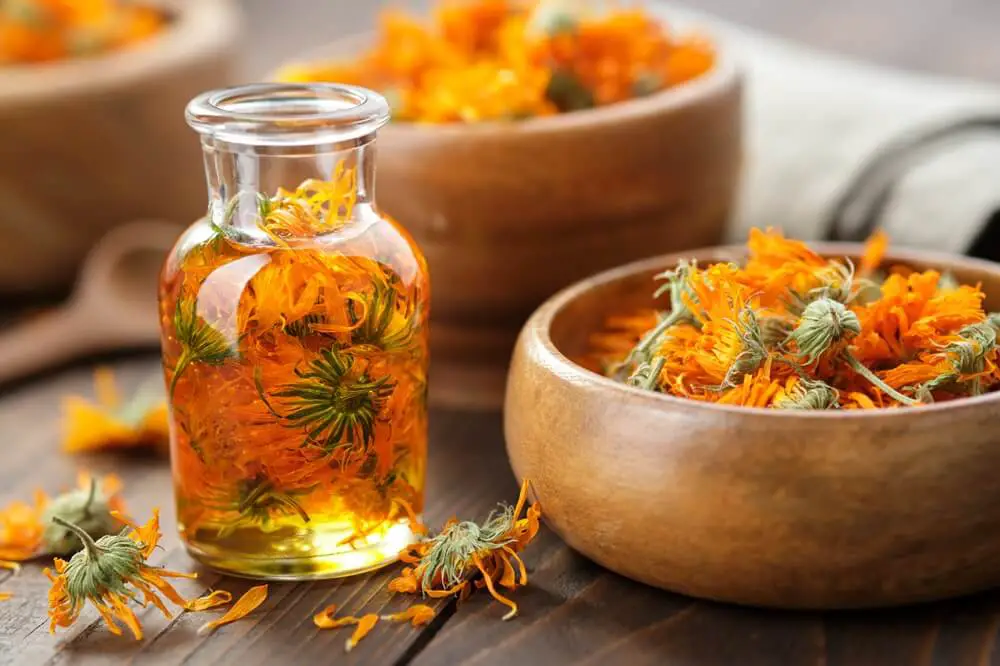
Calendula is a skin-loving herb famous for its anti-inflammatory and antimicrobial properties. Use it in salves to soothe cuts, burns, or irritated skin, or infuse it into oils for a multipurpose base.
3. Lavender
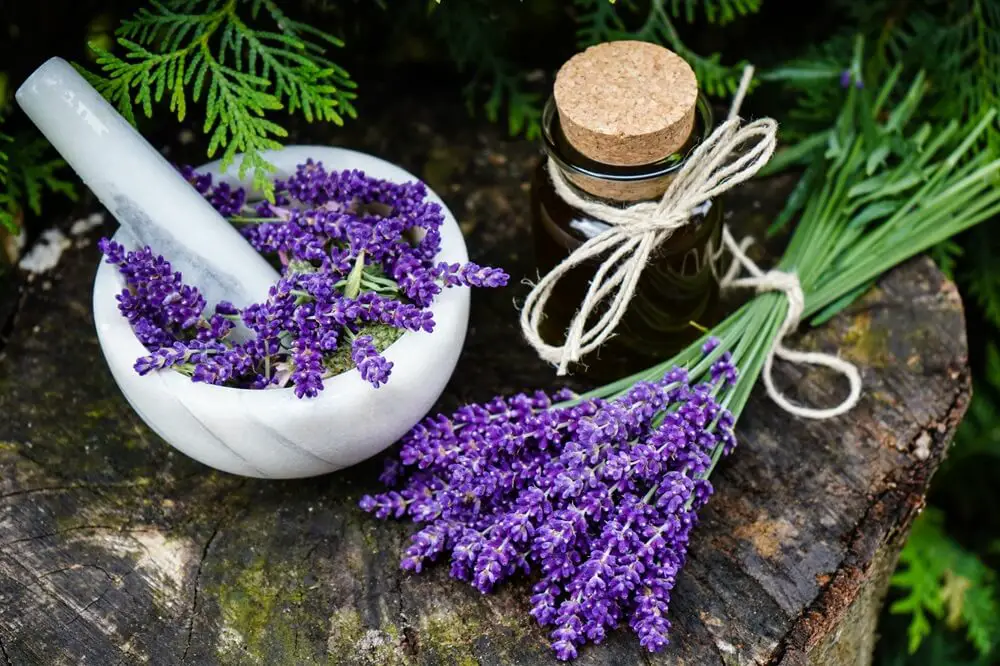
Lavender’s relaxing aroma is just the beginning. It’s also antifungal and calming for the skin. You can add dried lavender to bath salts, or use it in soothing balms and DIY sachets.
4. Lemon Balm
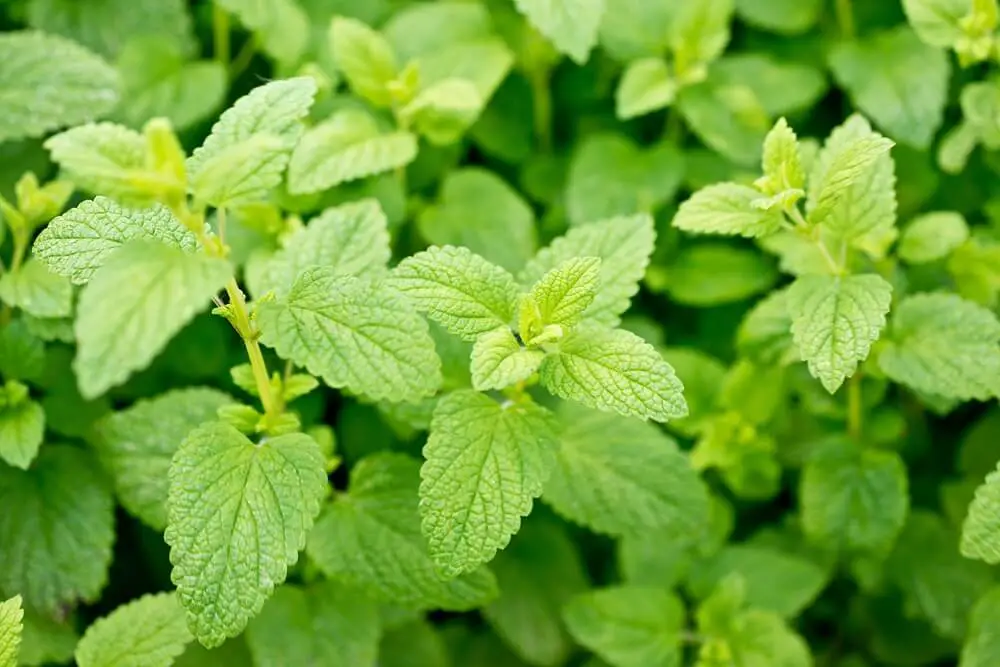
A mood booster and stress reliever, lemon balm also holds antiviral properties. Brew it as a tea for its uplifting effects, or include it in salves designed to tackle cold sores.
5. Ginger Root
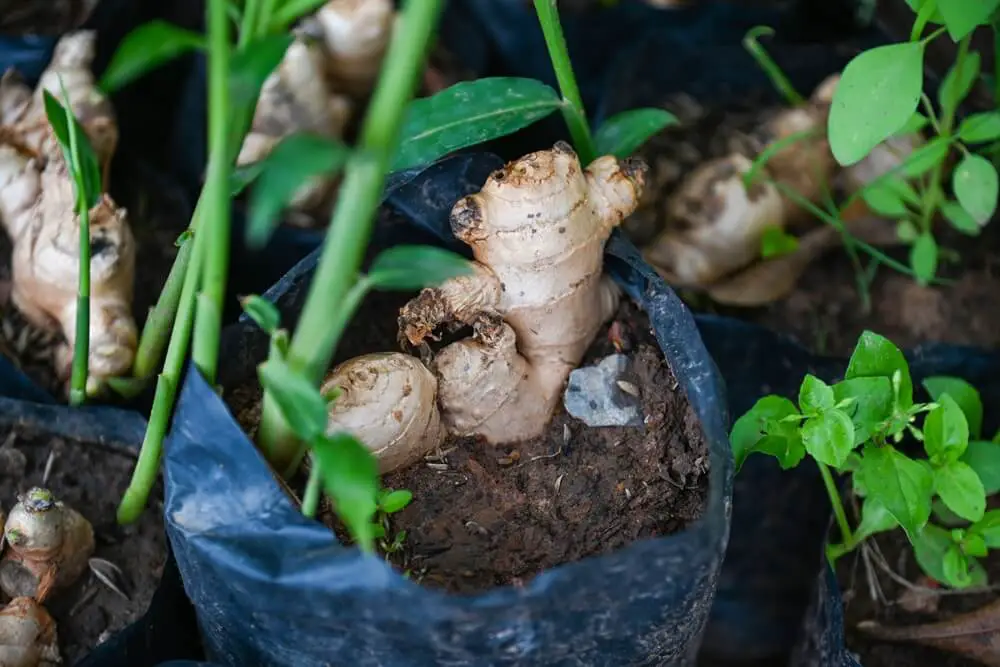
Ginger root is packed with anti-inflammatory and digestive-boosting benefits. Turn it into tea for an upset stomach, or infuse it with honey for a sweet and spicy immune booster.
6. Elderberry and Elderflower
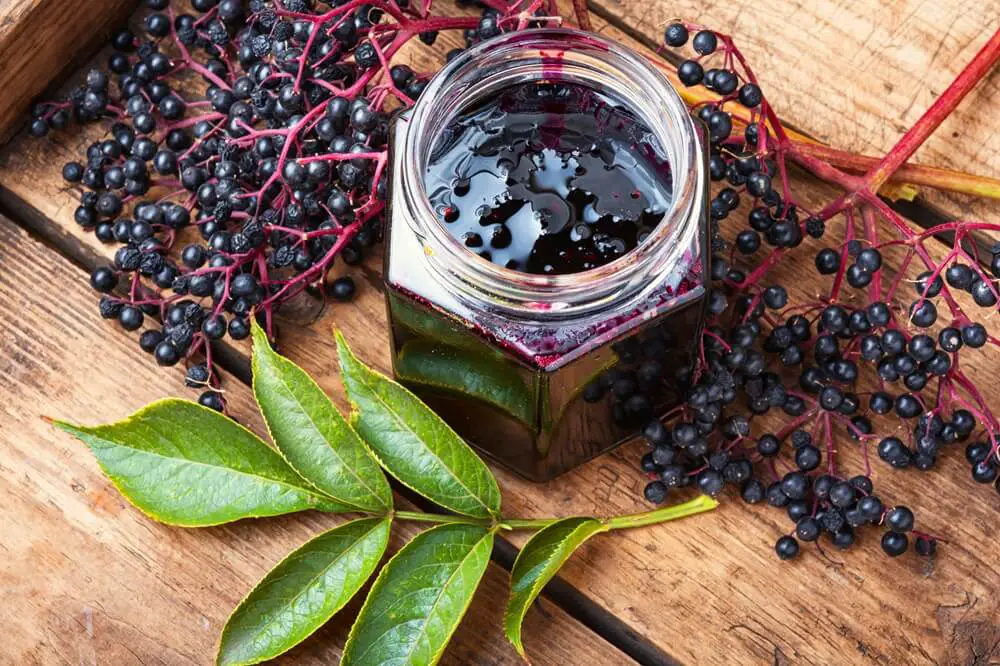
Elderberry is renowned for bolstering the immune system, while elderflower offers relief for sinus congestion. Both can be used in syrups or teas to keep colds at bay.
7. Dandelion (Leaf and Root)
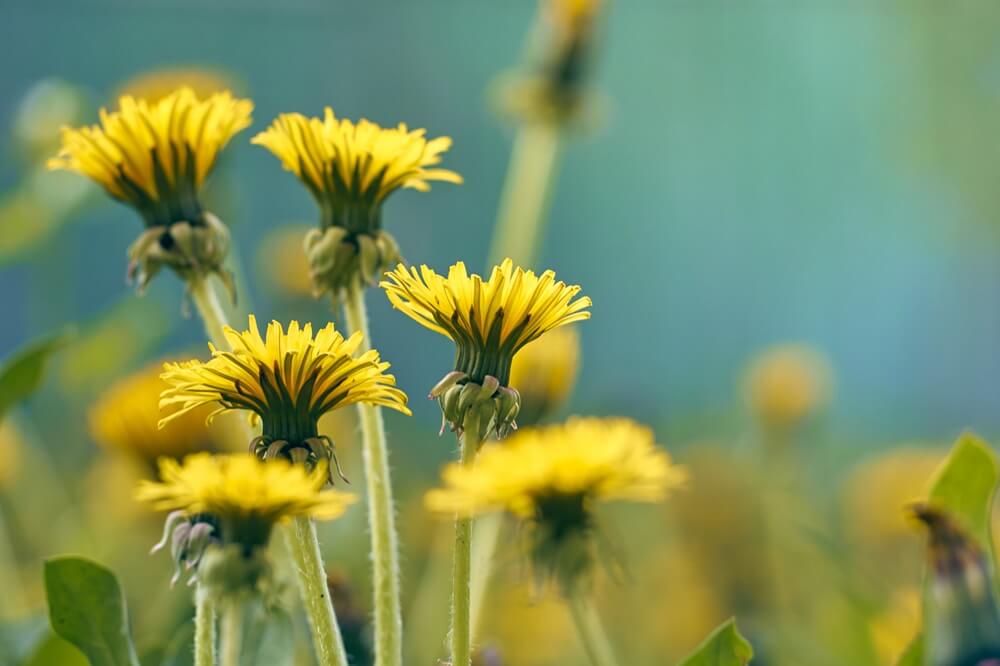
Don’t underestimate this backyard plant. The leaves support liver health and work wonders in salads or teas. The roots shine in detoxifying teas or roasted to mimic a coffee substitute.
8. Peppermint
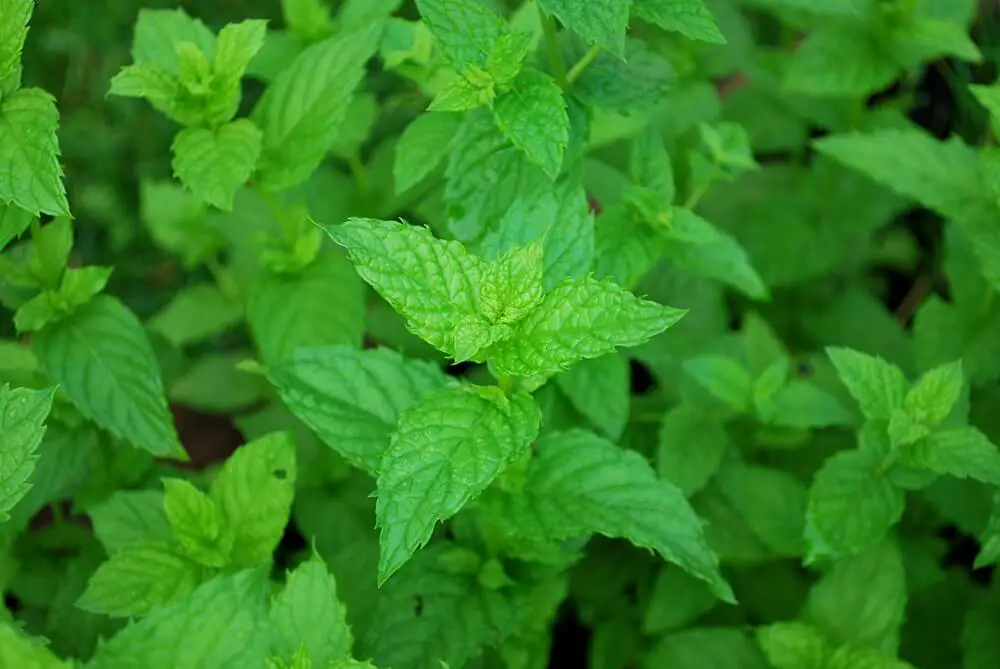
Peppermint is your digestive system’s best friend, alleviating bloating and nausea. Brew it as a tea or integrate it into a salve for a refreshing cooling effect.
9. Holy Basil
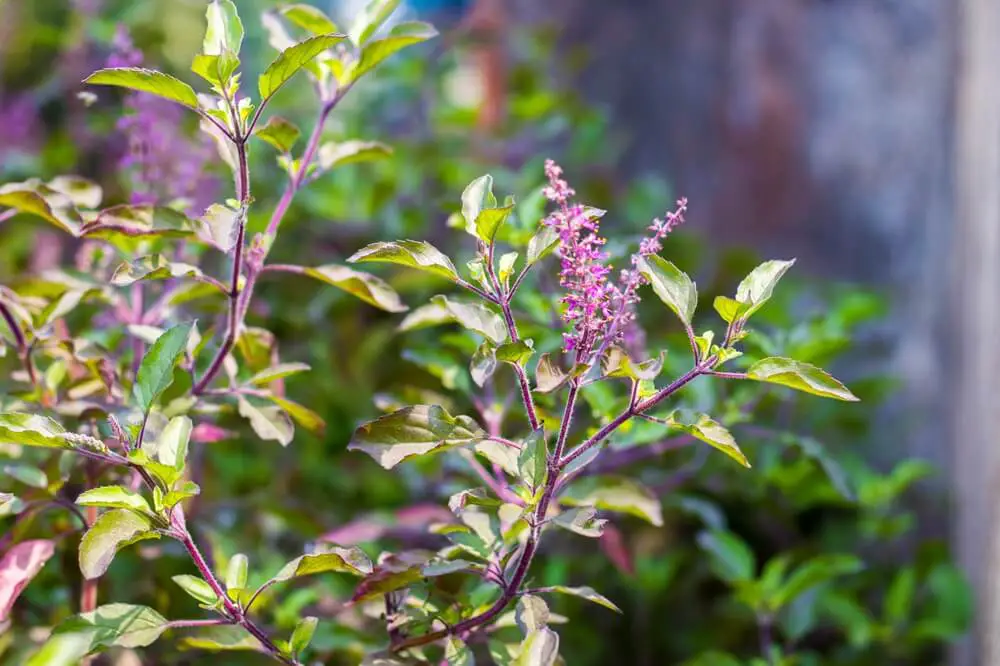
Also called Tulsi, holy basil brings adaptogenic properties, helping your body adapt to stress. It’s great in teas, tinctures, or even in culinary dishes.
10. Oregano
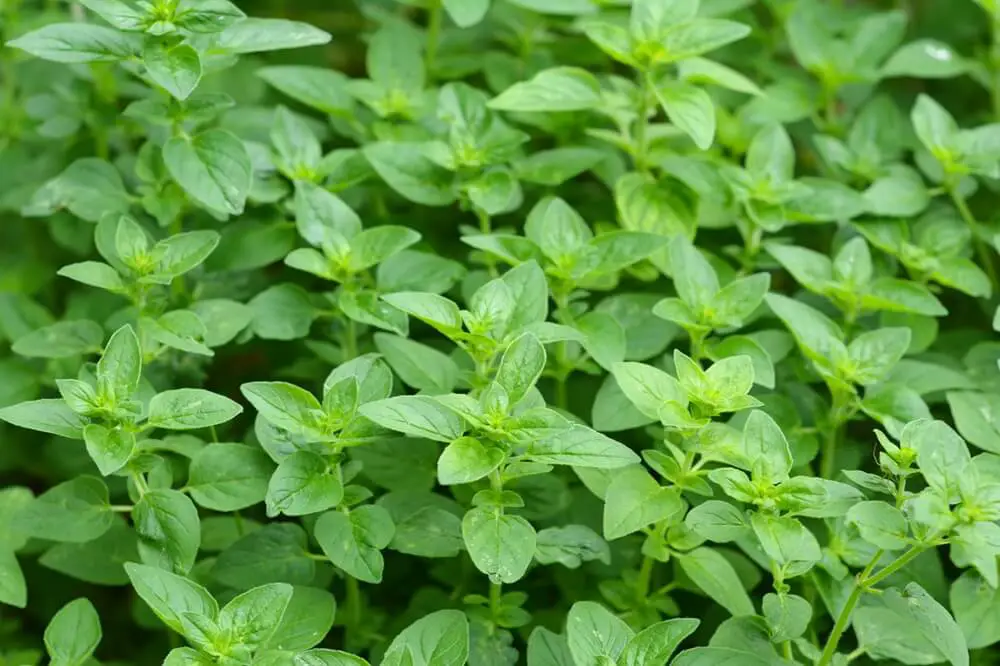
A kitchen staple and a medicinal powerhouse. Oregano is antibacterial and antiviral, making it ideal for a steam inhalation or a herbal-infused honey.
11. Thyme

Thyme is excellent for respiratory health and has antiseptic properties. Use it for teas, in cooking, or as an infused oil for chest rubs.
12. Garlic
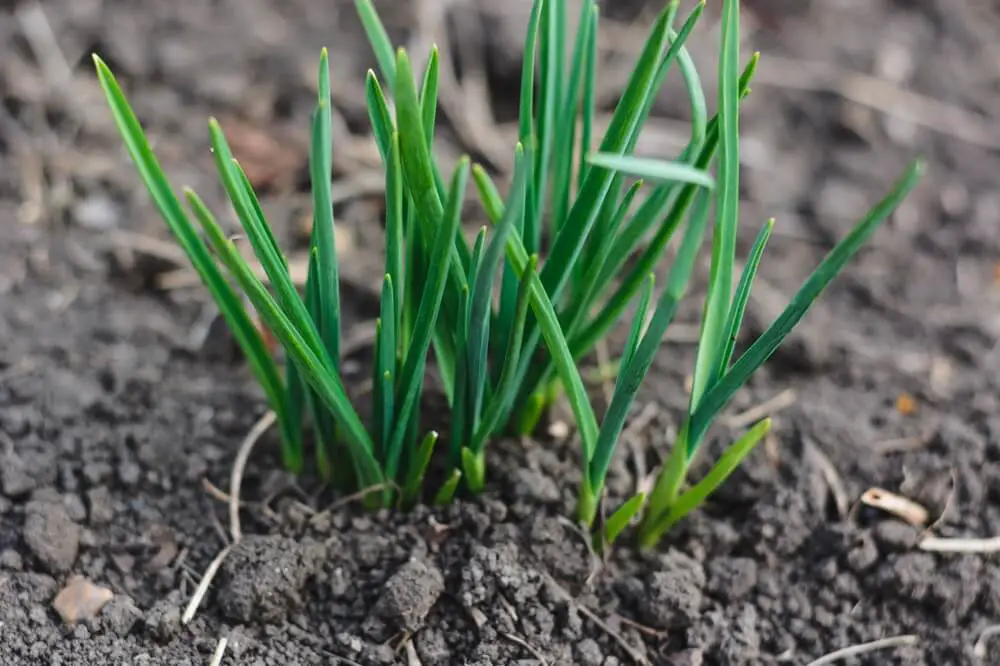
This pantry hero is packed with immune-boosting and antimicrobial properties. Create herbal-infused oils, medicinal syrups, or incorporate it fresh into your meals.
13. Nettles
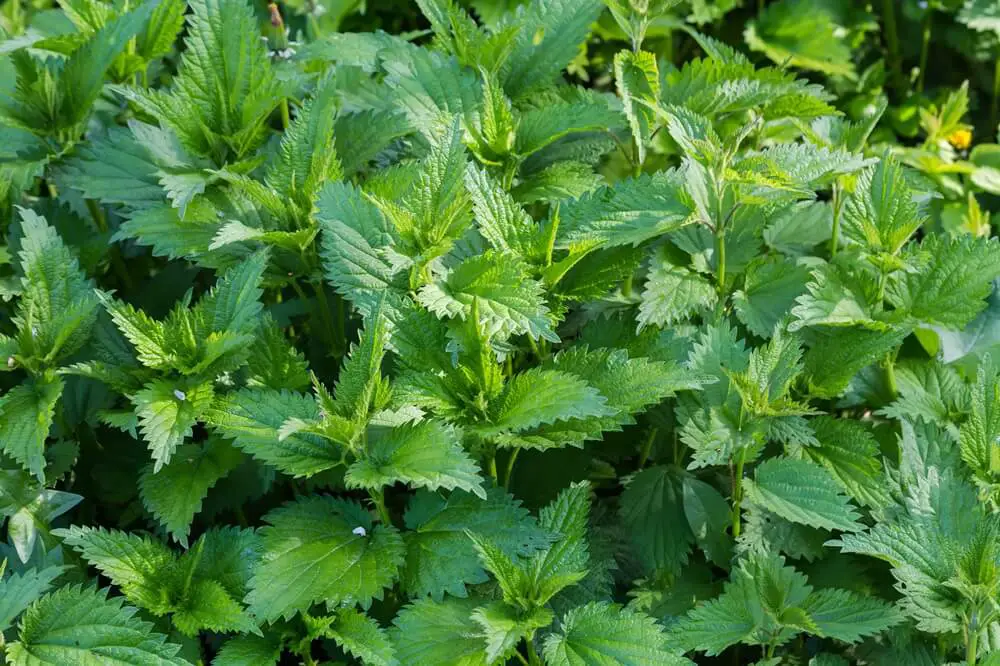
Full of vitamins and minerals, nettles are particularly valued for supporting fertility and bone health. Enjoy it as a tea, or use it in soups for added nutrition.
14. Sage
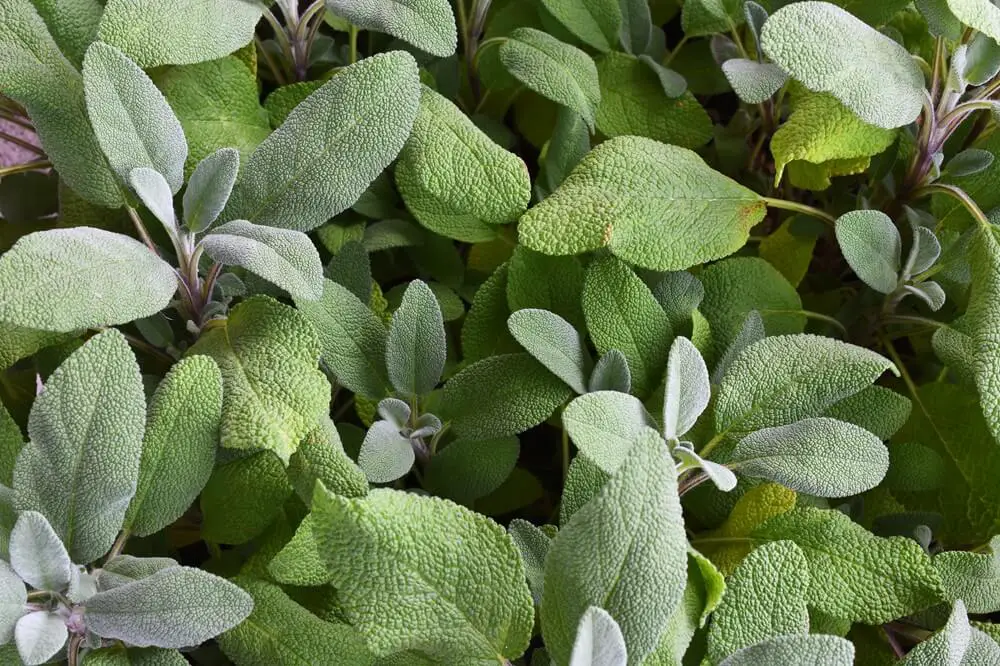
A natural antimicrobial, sage is great for warding off colds or as a digestive aid. Make it into a tea or use dried leaves as a smudge stick.
15. Turmeric
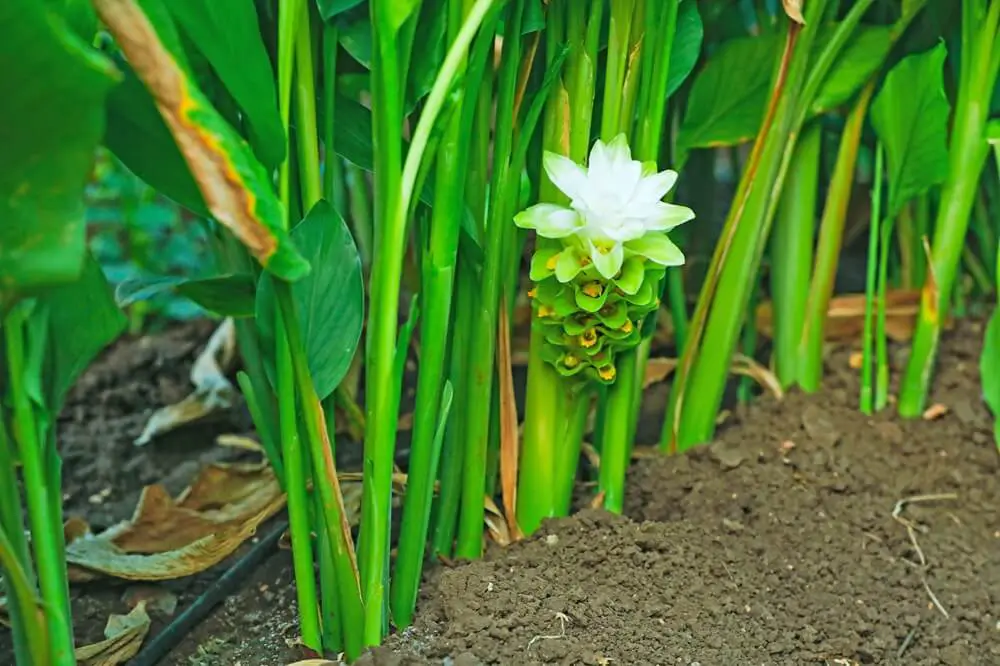
Turmeric is famous for its anti-inflammatory benefits. Use it in teas, “golden milk,” or infuse it into oils for topical use.
Best Herbal Remedies to Make
Here are a few popular methods you can start with:
Salves
Salves are an excellent starting point for herbalism. They’re essentially ointments made by infusing herbs into oils and then adding beeswax to create a soothing topical application.
For example, a calendula salve is perfect for dry or irritated skin. Simply infuse dried calendula flowers in olive oil, strain, and then mix with melted beeswax. Store it in a small tin or jar, and it’s ready to apply wherever needed.
Infusions
An infusion is similar to tea but often involves steeping herbs for a longer period to extract their full benefits. Start with herbs like chamomile, nettle, or peppermint.
Add a tablespoon of dried herbs to a cup of hot water, steep for 10-15 minutes (or longer for stronger infusions), strain, and enjoy. Infusions are great for relaxation, boosting energy, or easing digestion, depending on the herb.
Poultices
Poultices are soft, moist herbal pastes applied directly to the skin to help with swelling, bruises, or minor wounds.
To create a poultice, crush fresh herbs (like comfrey or plantain) and mix them with a small amount of warm water to form a paste. Apply it directly to the affected area and cover it with a clean cloth. This simple remedy has been used for centuries and is incredibly effective in providing localized relief.
Safety Tips for Herbalism
Before you start clipping away in your herb garden or bulk-order dried herbs, you need to keep safety in mind – it’s not something to relegate to the back burner!
Here are a few tips to make sure your herbalist experience is both effective and risk-free.
Know Your Herbs
Study your herbs before using them. Not all plants are safe for internal or external use, and some may even be toxic. Look for reliable resources, such as herbal medicine books or trusted websites, to learn about the properties and uses of specific plants.
When in doubt, consult an experienced herbalist for guidance.
Start Slow
It’s tempting to experiment with all your newfound herbal knowledge at once, but starting slowly is key. Begin with one or two herbs at a time to see how your body reacts. This also helps you clearly identify which herbs are most beneficial for your needs.
Check for Allergies
Just like with foods, herbs can cause allergic reactions in some people. Perform a patch test before applying a remedy to your skin for the first time. For teas or infusions, start with a small amount to ensure no adverse reactions.
Use Quality Ingredients
Choose high-quality, organic herbs free from pesticides and chemicals. Whether you grow them yourself or purchase them from trusted suppliers, quality matters when it comes to creating effective herbal remedies.
Be Mindful of Dosages
Herbs are powerful and should be used responsibly. Follow recommended dosages and avoid overusing any one herb, as this may lead to unwanted side effects. Remember, more is not always better.
Understand Interactions
If you’re taking medications, note that some herbs can interact with them. For instance, St. John’s Wort can interfere with certain medications like antidepressants and birth control pills. If you’re unsure, consult with a healthcare provider to avoid potential complications.
Practice Proper Hygiene
When making herbal remedies, cleanliness is crucial. Sterilize containers and tools, wash your hands, and store your preparations properly to prevent contamination.
7 Mistakes to Avoid on Your Herbalism Journey
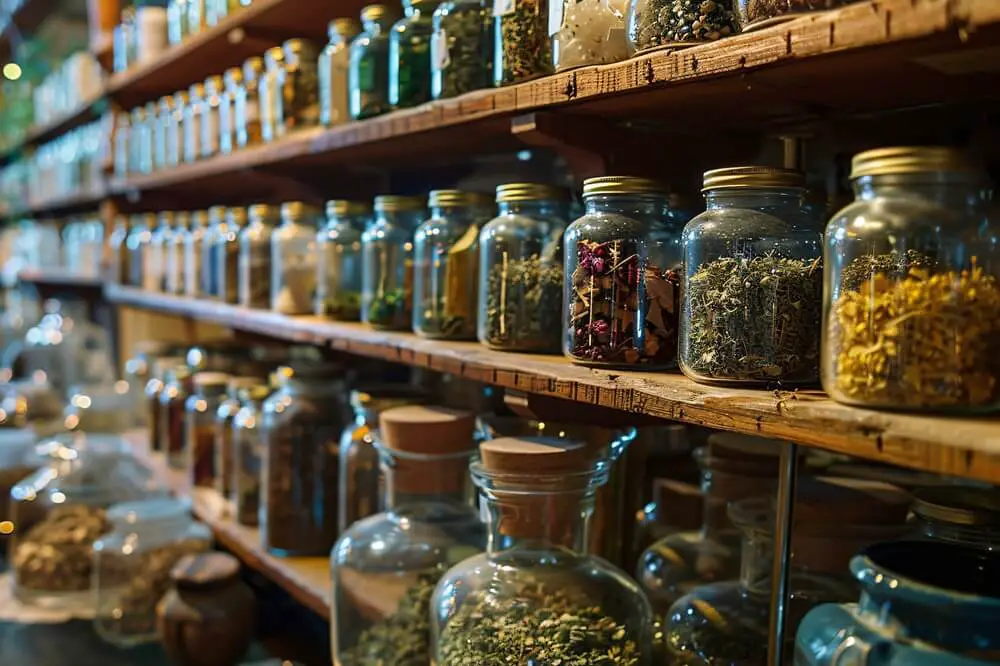
While herbalism is an enjoyable and rewarding practice, beginners can stumble into common pitfalls. Avoid these mistakes to make your experience more successful.
1. Relying on Hearsay
It’s easy to fall for informal advice or claims about an herb’s benefits, especially on social media. Always double-check information with well-researched sources or trusted experts. What works for one person might not work for another, so base your practice on reliable evidence.
2. Using Too Many Herbs at Once
It’s a common mistake to overload your remedies with too many ingredients, thinking it will enhance their effectiveness. Instead, focus on simple, single-ingredient remedies or a minimal combination to better understand how each herb works for you.
3. Neglecting to Identify Plants Properly
If you’re harvesting your own herbs, ensure you can correctly identify them. Some plants have toxic look-alikes that could cause harm. Invest in a good field guide or take a plant identification course to sharpen your skills.
4. Not Considering Sustainability
While it’s wonderful to use nature’s gifts, some herbs are at risk of overharvesting. Be mindful of your impact by sourcing from sustainable suppliers, growing your own plants, or choosing alternatives when necessary.
5. Ignoring Expiration Dates
Even dried herbs and homemade remedies have a shelf life. Using old, stale herbs may reduce the potency of your remedies. Label your creations with the date they were made and follow proper storage guidelines to keep them as fresh as possible.
6. Forgetting to Keep Records
Maintaining a herbalism journal is invaluable. Record the herbs you’ve used, the recipes you’ve tried, and how they’ve worked for you. This habit not only helps you refine your practice but also prevents you from repeating mistakes.
7. Overlooking Guidance
While trial and error is part of learning, don’t shy away from seeking expert advice. Whether it’s a professional herbalist, a workshop, or an online course, tapping into experienced knowledge will help you avoid unnecessary errors and expand your understanding.
Final Thoughts
Getting started with herbalism is about more than just taking chamomile tea before bed. It reconnects you with traditions that have supported human health for centuries. You’ll gain a deeper respect for natural remedies, develop a slower, mindful approach to wellness, and expand the tools at your disposal to care for yourself and your family.
Herbs have been quietly offering their support for generations. With just a little effort, you can unlock their benefits and welcome a wealth of health and harmony into your life.
Whether you’re sipping peppermint tea for digestion or growing lavender on your windowsill, the world of herbalism invites you to take that first step. Who knows? It might just be the most rewarding habit you’ll adopt this year.
Like this post? Don't Forget to Pin It On Pinterest!
You May Also Like:




